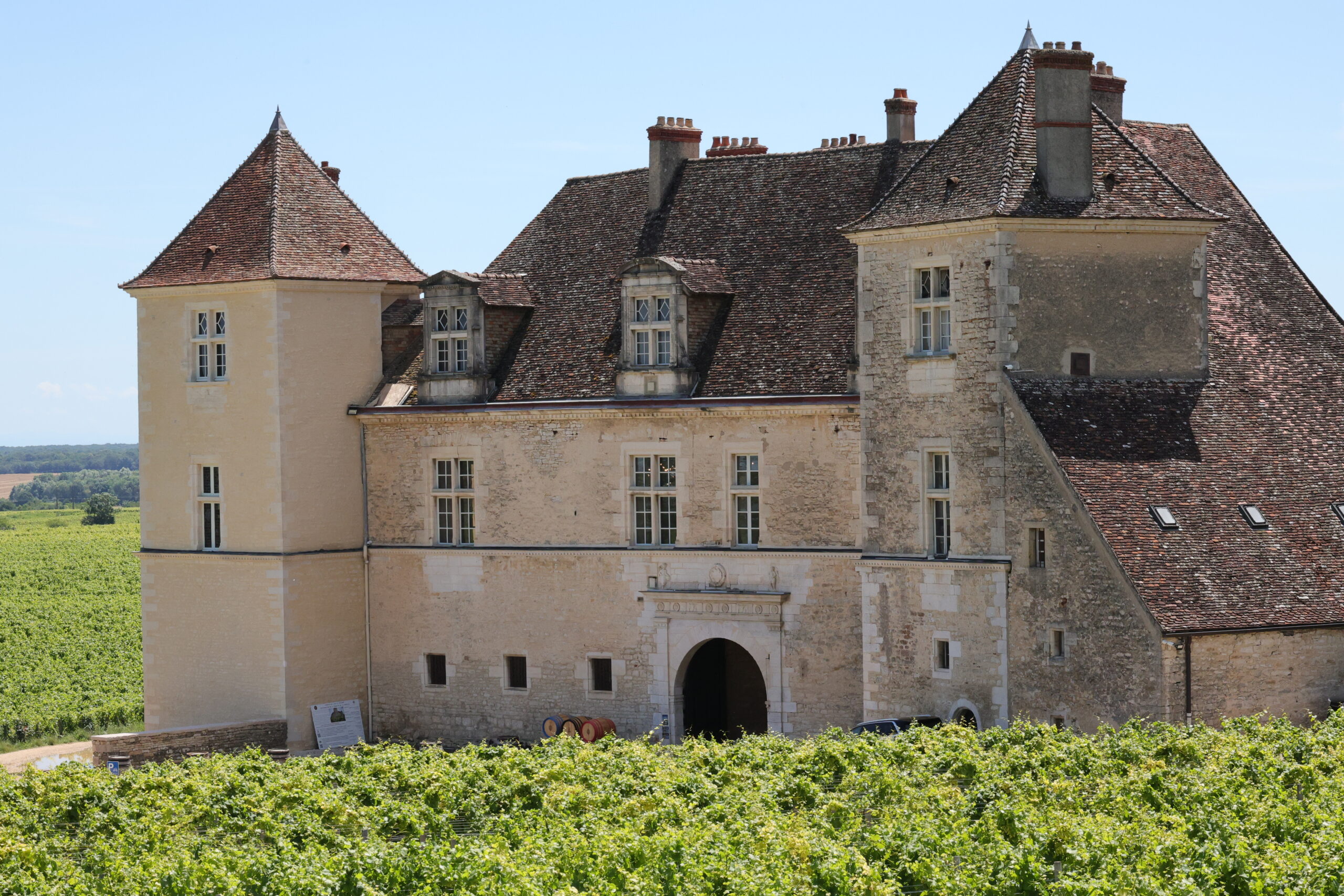How It’s Made and What Makes It So Special
I remember the first time I visited a Champagne house. Walking through the vine-laden fields of the Champagne region in France, I felt a deep connection to Champagne history. This is where Champagne’s story unfolds—where pioneers like Dom Pérignon and houses like Moët & Chandon and Ruinart shaped Champagne history. Tradition and innovation come together here, preserving Champagne history while crafting the sparkling wine that has captivated us for centuries.
Champagne isn’t just any sparkling wine. It has a unique story, a meticulous process, and an undeniable connection to its origins in the Champagne region. It’s a drink that feels as much a part of the celebration as the people drinking it. But what is it about Champagne that sets it apart from all other sparkling wines?
It’s all about the method, the terroir, and of course, the time.
The Magic of the Traditional Method
What makes Champagne so special lies in how it’s made. It’s all about the traditional method, or as the French call it, méthode champenoise. The sparkling bubbles we love don’t just come from a simple fermentation process. They come from a second fermentation that happens inside the bottle itself.
After the first fermentation, the still wine is bottled with a small amount of sugar and yeast. This starts the second fermentation inside the sealed bottle, which creates the bubbles we know and love. But it doesn’t stop there. As the wine ages, it undergoes a fascinating process called riddling, or remuage in French. This technique was perfected by Madame Clicquot in the early 1800s and involves gradually tilting and rotating the bottles to move the sediment to the neck. It’s a slow and careful process, traditionally done by hand, though machines now assist in larger Champagne houses.
Once the sediment collects at the bottle’s neck, it’s removed through disgorgement, and the wine is topped off with a mixture of wine and sugar—the dosage—to determine the final sweetness. This is where a Champagne’s style is truly defined, from the driest Brut Nature to the slightly sweeter Demi-Sec.

A Bit of History
Champagne’s history is filled with fascinating figures who shaped its identity. One of the most famous names associated with this iconic sparkling wine is Dom Pérignon, a 17th-century Benedictine monk. Though often mistakenly credited with its invention, his real contribution was refining the production process.
The first established Champagne house, Ruinart, was founded in 1729 by Nicolas Ruinart, inspired by his uncle, a Benedictine monk who recognised the potential of sparkling wine. This marked the beginning of Champagne’s journey from a regional curiosity to a global symbol of luxury.
Then came Madame Clicquot, a visionary woman who revolutionised Champagne in the 19th century. She introduced the riddling process, ensuring Champagne became clearer and more refined. Under her leadership, Veuve Clicquot became one of the most prestigious Champagne houses in the world.
Another remarkable woman in Champagne’s history is Madame Pommery. In a time when Champagne was mostly sweet, she had the bold idea to create a drier, more elegant style. This led to the birth of Brut Champagne, which quickly gained popularity and set the standard for modern Champagne as we know it today.
As demand grew, houses like Moët & Chandon expanded Champagne’s reach, bringing it to royal courts and aristocrats across Europe. Their innovation in production and marketing helped cement Champagne’s reputation as the drink of celebration.
Note: Monks played an even greater role in shaping French winemaking beyond Champagne. In Burgundy, the Benedictines and later the Cistercians meticulously mapped out vineyard plots, understanding terroir centuries before it became a modern concept. Some of their historic vineyards, like Clos de Vougeot, still produce wine today, a lasting tribute to their dedication.

Why Champagne Is Different
So, what makes Champagne stand out from other sparkling wines? It’s not just the method or the region; it’s the combination of factors that come together perfectly. The unique terroir of the Champagne region – the chalky soil, cool climate, and precise winemaking traditions – gives the grapes a distinct character. While sparkling wines like Prosecco or Cava can be delicious in their own right, they don’t go through the same lengthy ageing process, nor do they have Champagne’s centuries of heritage behind them.
And let’s not forget the prestige. Champagne is not just a drink; it’s an experience. It’s about the occasion, the feeling of popping that cork and watching the bubbles rise. It’s about the people you’re sharing it with and the memories you’re creating.
By: Anahita Shams






